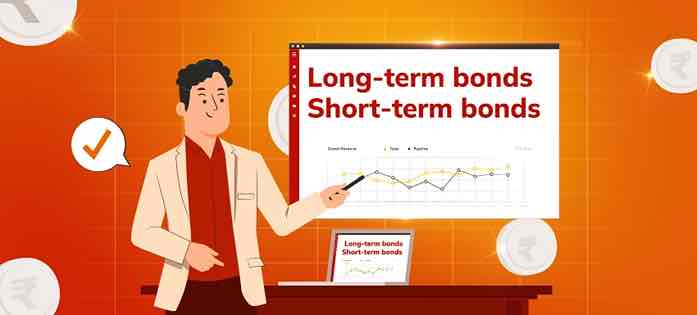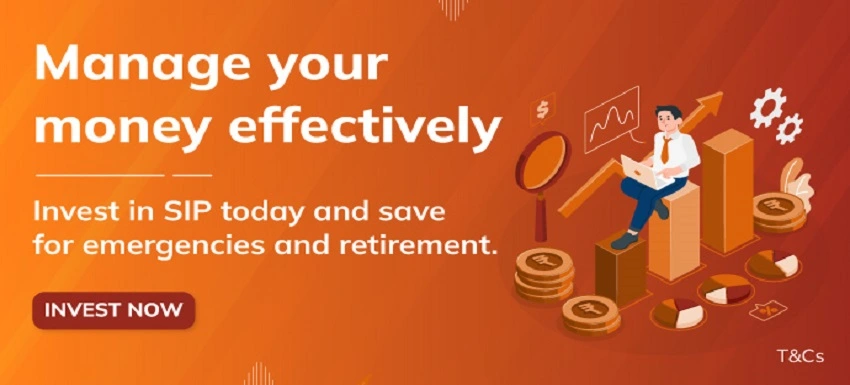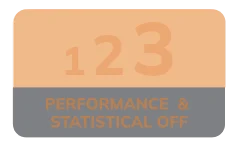THE
ORANGE
HUB
What are Dynamic Funds? Benefits, Risk & Returns

Investors who want to invest their money in a fund that offers decent returns without much dependence on changing interest rates of the market, then Dynamic Bond Funds are a good choice. Fund managers of Dynamic Bond Funds actively manage the portfolio by shifting between short-term and long-term debt securities based on market conditions.
Read the blog to explore everything you need to know about Dynamic Bond Funds, including benefits, risks and returns.
What Are Dynamic Bond Funds?
Let us first decode bond fund meaning. These funds are designed to be actively managed by fund managers, to adjust the portfolio based on changing interest rates, with the aim of maximising returns. This way, you are sure that the fund performs well in both rising and falling interest rate cycles.
Unlike traditional debt funds, Dynamic Bond Funds do not have a set maturity duration. They are invested across short and long-term debt securities, including government and corporate bonds. This flexibility allows investors to earn stable returns despite economic fluctuations.
How Do Dynamic Bond Funds Work?
The working of Dynamic Bond Funds is quite simple because they offer the ability to switch between short-term and long-term bonds based on the prevailing interest rate. The fund manager of a Dynamic Bond Fund continuously evaluates the interest rate environment.
When interest rates are expected to fall, the fund manager invests in long-term bonds to secure higher returns.
When interest rates are likely to rise, they shift to short-term bonds to minimise potential losses.
Depending on market conditions, the fund manager may also invest in gilts or high-rated corporate bonds to optimise returns.
This active management strategy helps investors benefit from interest rate fluctuations while maintaining a balanced risk-return profile.
Features of Dynamic Bond Funds
1. Professional Management
The most important feature of these funds is the professional management. Investors can leave the stress to the experienced professionals who manage and make investment decisions for the funds. Fund managers adjust portfolios in response to economic conditions and interest rate changes.
2. Liquidity
Investors can redeem their units in Dynamic Bond Funds within two working days of submitting a redemption request. Many also come with no exit load, offering ease of access when needed.
3. Tax Efficiency
The taxation structure of Dynamic Bond Funds is similar to that of other Debt Mutual Funds.
Short-term capital gains (STCG): If the fund is redeemed within three years, the returns are taxed as per the investor's income tax slab.
Long-term capital gains (LTCG): If the fund is held for more than three years, then for the funds purchased before 1 April 2023, the returns are taxed at 20% with indexation benefits. However for the funds purchased after 1 April 2023, all gains are taxed as per the investor’s income tax slab, irrespective of the holding period. As per the new rule, all indexation benefits are removed.
4. Lower Risk Compared to Equity Funds
Since Dynamic Bond Funds invest in debt instruments, they carry lower risk compared to equity funds. However, they are still affected by interest rate fluctuations, making them a moderate-risk investment.
Benefits of Investing in Dynamic Bond Funds
Adaptability to Market Changes: Unlike traditional debt funds, Dynamic Bond Funds’ portfolio allocation is actively adjusted based on market trends. This adaptability helps in achieving better risk-adjusted returns, regardless of interest rate movements.
Stability in Returns: By shifting between short-term and long-term bonds, Dynamic Bond Funds provide stable returns, even during uncertain economic conditions. The active management strategy helps smooth out volatility caused by sudden interest rate changes.
Less Volatility Compared to Long-Term Debt Funds: Since these funds actively manage risks, they tend to be less volatile than long-term debt funds. This makes them a suitable choice for conservative investors who seek steady income without significant market fluctuations.
Suitable for Various Market Conditions: Dynamic Bond Funds are structured to perform well in different interest rate environments. Whether rates are rising, falling, or stagnant, these funds ensure that investors continue to earn steady returns.
Ideal for Conservative Investors: For those looking for stable returns with minimal exposure to stock market risks, Dynamic Bond Funds provide an excellent investment opportunity. They offer the security of debt instruments while maintaining the flexibility needed to manage market changes.
Risks Involved in Dynamic Bond Funds
While Dynamic Bond Funds offer several advantages, they are not completely risk-free. Here are some potential risks investors should consider before investing:
Interest Rate Risk: Even though Dynamic Bond Funds aim to minimise losses, they are still affected by interest rate fluctuations. If the fund manager misjudges the market, returns may be lower than expected.
Credit Risk: If the fund invests in low-rated corporate bonds, there is a risk of default. However, most funds invest in high-quality government and corporate bonds to mitigate this risk.
Market Volatility: Although these funds are less volatile than equity funds, they can still experience short-term fluctuations due to sudden economic or policy changes. Investors should be prepared for occasional variations in returns.
Fund Manager Dependency: The performance of Dynamic Bond Funds heavily depends on the expertise of the fund manager. A poor investment strategy can lead to suboptimal returns, making it crucial to invest in funds managed by experienced professionals.
How to Invest in Dynamic Bond Funds?
Investors can invest in Dynamic Bond Funds in these two ways:
Lumpsum Investment: These are ideal for investors who want to invest a large amount at once.
Systematic Investment Plan (SIP): These are suitable for those looking to invest small amounts regularly, reducing market risk and ensuring disciplined investing.
Who Should Invest in Dynamic Bond Funds?
Dynamic Bond Funds are well-suited for various types of investors.
Investors looking for stable returns – Those who prefer a moderate-risk investment with predictable returns can benefit from Dynamic Bond Funds.
Those looking to diversify their portfolio – Investors seeking to add fixed-income assets alongside equity investments will find Dynamic Bond Funds a suitable choice.
Investors who do not want to time the market – Since professional fund managers handle portfolio adjustments, investors do not need to track interest rate movements.
Long-term investors – Those who remain invested for more than three years can maximise returns and make the most of applicable tax benefits.
Conclusion
Dynamic Bond Funds are a flexible and effective investment option for those seeking stable returns while navigating interest rate fluctuations. Their portfolios are actively managed to shift between short and long-term bonds, helping them perform steadily across different market conditions.
Before investing, it is essential to assess financial goals and risk tolerance. Consulting a financial advisor can help in making an informed investment decision.
Scroll to top









